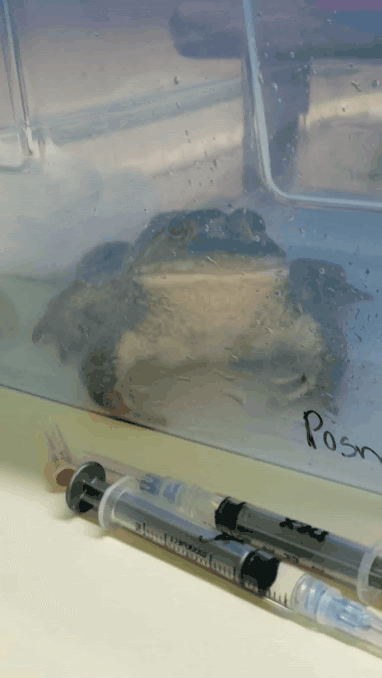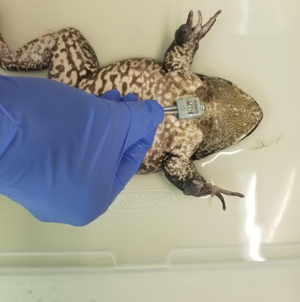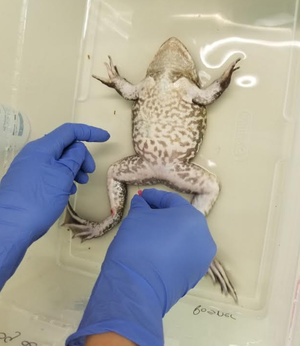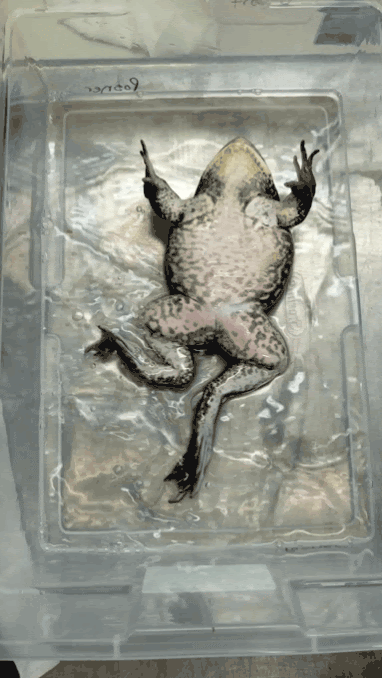Effects of injectable analgesics on selected gastrointestinal physiological parameters in rabbits
 Wednesday, April 29, 2020 at 01:00PM
Wednesday, April 29, 2020 at 01:00PM Debosree Pathak, a student at Oklahoma State Unversity, submitted her abstract about analgesics in rabbits! She is working on the full manuscript now, but check out a sneak-peak of what she found!
~Don't forget to submit your abstracts or cool case studies for a chance to win $100 for Issue 3~
Pathak D, Di Girolamo N, Maranville R, Womble W, Sypniewski L, Hanzlicek A, Brandão J
From the Department of Veterinary Clinical Sciences, College of Veterinary Medicine, Oklahoma State University, 2065 W. Farm Rd., Stillwater OK 74074, USA.
Abstract
In rabbit medicine, it has long been postulated that analgesics, particularly opioids, decrease gastrointestinal motility. However, comparative studies investigating the gastrointestinal side-effects of different analgesics are lacking. This study sought to evaluate the effects of injectable analgesics (buprenorphine, hydromorphone, methadone, and meloxicam) on selected gastrointestinal physiological parameters in New Zealand white rabbits when compared to an injectable placebo (saline) and baseline data. In this randomized, blinded, complete cross-over controlled trial, ten healthy New Zealand white rabbits randomly received subcutaneous buprenorphine (0.1 mg/kg), hydromorphone (0.2 mg/kg), methadone (0.2 mg/kg), meloxicam (1 mg/kg), or a placebo (saline [equal volume to buprenorphine]) over a period of 10 weeks. Every 24 hours from day -1 to day 3, the rabbits were physically examined. The food and water intake, and fecal and urine output were recorded each day. Baseline data was obtained on day -1, and treatment was given on day 0. Day 1 to 3 were used to observe the treatment effects. A minimum 72-hour washout period between treatments was allowed. Generalized linear mixed models were employed and statistical significance was set at P<0.05. Buprenorphine decreased food consumption up to 72h and hydromorphone up to 24h. Fecal production (weight and/or pellet number) was decreased with buprenorphine up to 72h, and with methadone and hydromorphone up to 48h. Buprenorphine and hydromorphone decreased water intake up to 72h. Urine production was decreased with buprenorphine up to 48h and methadone up to 24h. Knowing the comparative effects among different analgesics will improve the medical management of rabbits.
 Students in Research,
Students in Research,  analgesics,
analgesics,  research in
research in  Cases/Abstracts,
Cases/Abstracts,  News
News 




